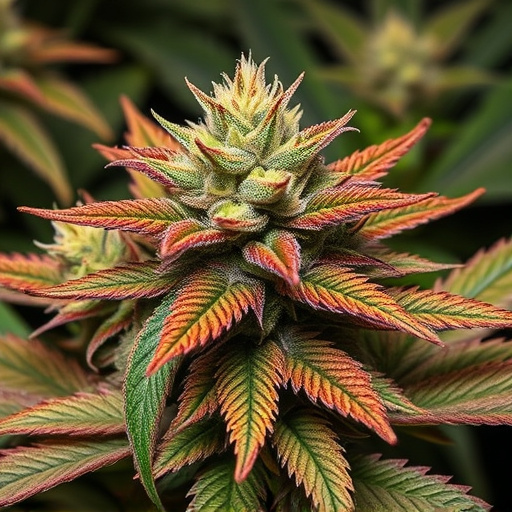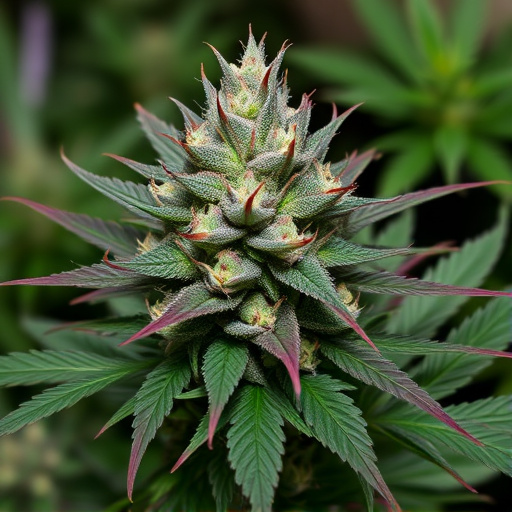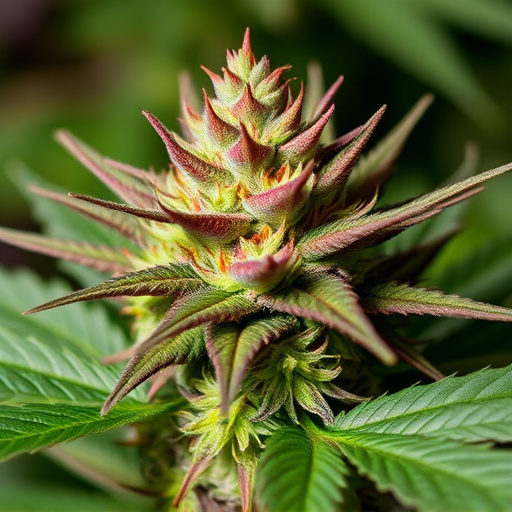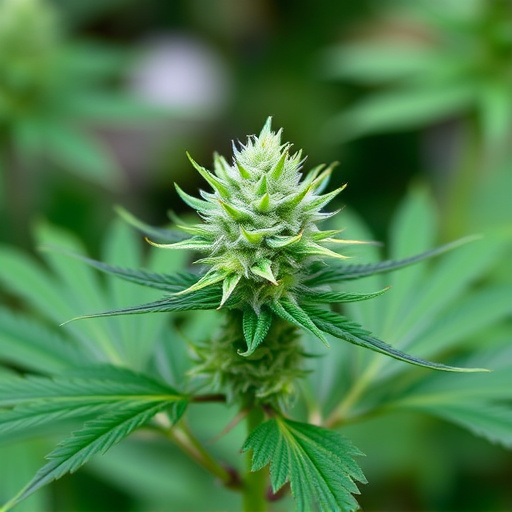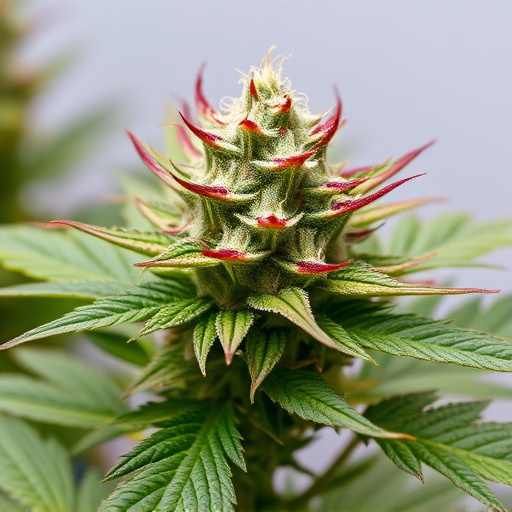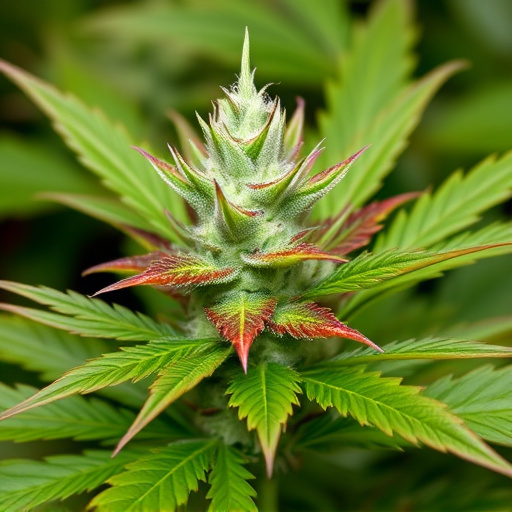Cannabis metabolism and elimination vary greatly among individuals, influenced by factors like tolerance, weight, frequency of use, and physiology. After consumption, cannabinoids enter the bloodstream and are metabolized by organs like the liver and kidneys. Enzymes break down compounds like THC into metabolites, which can be detected in urine for up to 30 days, though this varies based on strain potency (higher THC content prolongs detection), consumption method (edibles vs. inhaled), regular use leading to increased tolerance, and individual variables. Best medical cannabis strains with high THC or CBD content may remain detectable longer. Understanding these processes is crucial for legal considerations, especially in employment or driving scenarios. Potency should be considered when choosing the best medical cannabis strains, as it impacts detectability. Metabolic rate also plays a key role, affecting the duration and effects of different strains.
Discover how long cannabis remains detectable in your system with our comprehensive guide. Understanding cannabis metabolism is key to managing its effects and privacy concerns. We explore factors influencing detection time, including strain variations, metabolism rates, and testing methods. Learn about the best medical cannabis strains for fast and slow metabolisms, offering tailored insights for patients seeking discretion or extended relief.
- Understanding Cannabis Metabolism and Elimination
- Factors Affecting Cannabinoid Detection Time
- Best Medical Cannabis Strains for Fast and Slow Metabolism
Understanding Cannabis Metabolism and Elimination

Cannabis metabolism and elimination are complex processes that vary from person to person, influenced by factors such as tolerance, weight, frequency of use, and individual physiology. When consumed, whether through smoking or ingestion, cannabis compounds enter the bloodstream via the lungs or digestive system. From there, they are carried to various organs, including the liver and kidneys, where metabolism occurs. Enzymes in these organs break down cannabinoids like THC (the primary psychoactive compound) into metabolites that can be more easily excreted from the body.
The best medical cannabis strains, known for their high THC or CBD content, may remain detectable in a person’s system longer due to the higher concentration of these compounds. While THC is typically detectable in urine for up to 30 days after use, factors like metabolism and frequency can shorten or extend this period. Understanding how cannabis is metabolized and eliminated is crucial for individuals using it for medical purposes, as it can impact testing results and legal implications, especially when considering employment or legal driving situations.
Factors Affecting Cannabinoid Detection Time
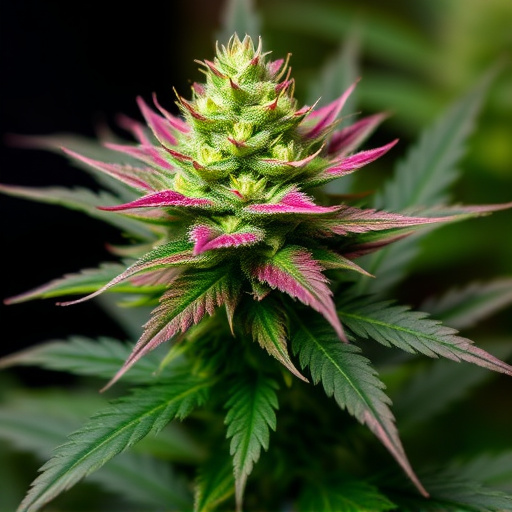
Several factors influence how long cannabinoids, like THC (tetrahydrocannabinol), remain detectable in your system after consuming cannabis. One key factor is the method of consumption. Edibles take longer to process, with detection times reaching up to several days, whereas inhaled cannabis metabolizes more quickly, with THC detectable for about 24-72 hours.
The potency of best medical cannabis strains plays a role too; higher THC content generally means a longer detection period. Regular users may also experience shorter detection windows due to their body’s increased tolerance. Additionally, individual factors like metabolism, body mass index (BMI), and frequency of use can all contribute to variations in the time cannabinoids stay detectable.
Best Medical Cannabis Strains for Fast and Slow Metabolism
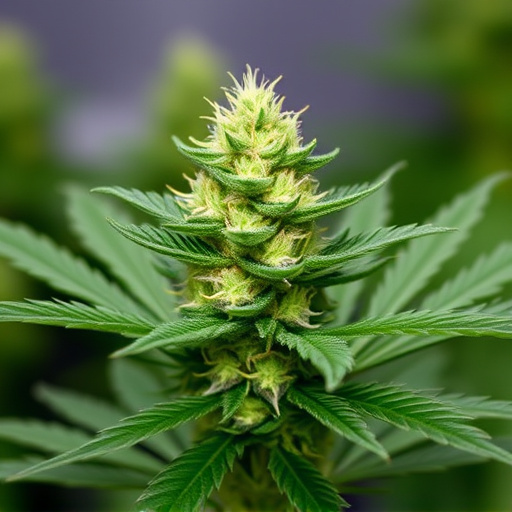
When it comes to metabolizing cannabis, individual experiences can vary greatly based on several factors, including strain choice. For those with a fast metabolism, certain medical cannabis strains are known for their rapid burning off of compounds, which may mean shorter-lasting effects but also quicker results. Strains like Blue Dream and OG Kush are popular for providing swift relief from pain and anxiety without leaving users feeling sluggish or sedated for extended periods.
On the other hand, individuals with a slower metabolism might prefer strains that offer a more drawn-out experience. Indica-dominant varieties, such as Granddaddy Purple and Northern Lights, are renowned for their relaxing effects that can last longer. These strains may be ideal for managing insomnia or chronic pain in a more gradual, soothing manner. Exploring the best medical cannabis strains tailored to your unique metabolism can significantly influence both the quality of your experience and how long you feel the therapeutic benefits.
Cannabis metabolism varies greatly among individuals, impacting how long it stays detectable in your system. Understanding these factors and choosing the right medical cannabis strains can help manage testing timelines. Whether you require fast-metabolizing options for quick clearance or slower-breaking strains for extended effects, there are best medical cannabis strains tailored to different needs. Always consult with a healthcare provider for personalized advice.


